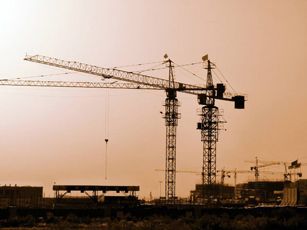Safe House
A "Safe House" is a term that refers to a secure location or residence designed to provide protection and shelter to individuals who are in danger or need to remain hidden. This concept is widely used in various contexts, including law enforcement, espionage, and humanitarian efforts. Below, we explore the meaning and significance of a safe house in greater detail.
Definition and Purpose
In its most basic sense, a safe house is a place where people can seek refuge from threats such as physical harm, persecution, or surveillance. It is typically a secret or discreet location, known only to a limited number of trusted individuals. The primary purpose of a safe house is to ensure the safety and security of its occupants, often in situations where their lives or well-being are at risk.
Historical Context
The idea of a safe house has historical roots in various movements and events. For example, during the Underground Railroad in the 19th century, safe houses were used to shelter enslaved individuals escaping to freedom in the United States. Similarly, during World War II, resistance groups and intelligence agencies established safe houses to hide spies, soldiers, or civilians from enemy forces. These locations were critical for survival and operational success.
Modern Usage
In contemporary times, safe houses are employed in several fields. In law enforcement, they are often used to protect witnesses or informants who may face retaliation for cooperating with authorities. In the world of espionage, intelligence agencies maintain safe houses to conduct covert operations or debrief agents. Additionally, humanitarian organizations may establish safe houses to shelter victims of domestic violence, human trafficking, or political persecution.
Characteristics of a Safe House
A typical safe house is chosen for its ability to blend into its surroundings, avoiding unwanted attention. It may be equipped with security measures such as surveillance systems, reinforced doors, or emergency exits. The location is often temporary, and its existence is kept confidential to prevent discovery by adversaries. In some cases, safe houses are stocked with supplies like food, water, and medical kits to sustain occupants for extended periods.
Cultural References
The term "safe house" has also entered popular culture, appearing in movies, books, and video games. For instance, the 2012 film Safe House, starring Denzel Washington and Ryan Reynolds, depicts a CIA operative managing a safe house under attack. Such portrayals often emphasize the tension and secrecy associated with these locations, reinforcing their mystique.
In conclusion, a safe house represents more than just a physical space—it is a symbol of protection and resilience in the face of danger. Whether used by governments, organizations, or individuals, safe houses play a vital role in safeguarding lives and enabling critical operations. Their enduring relevance highlights the universal need for security in an unpredictable world.
